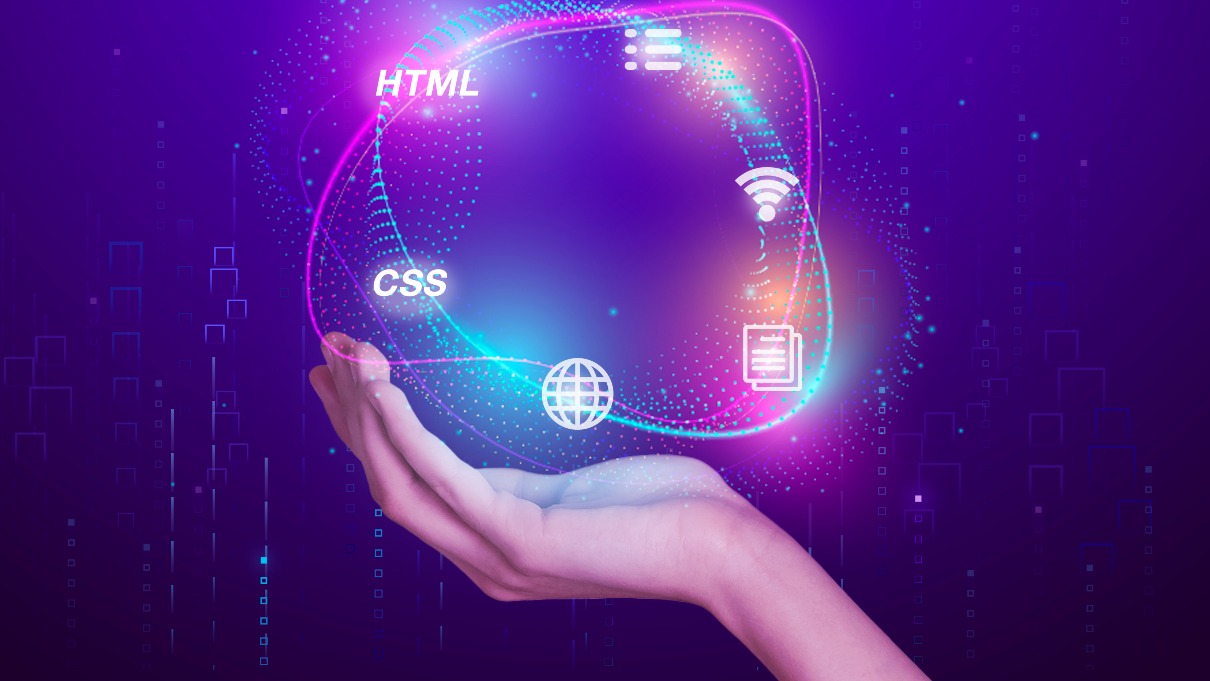Technology is evolving at an unprecedented pace, reshaping industries and daily life. As we step into 2025, staying informed about the latest technology trends is crucial for individuals and businesses alike. Here are the top 25 emerging technologies that will dominate the landscape this year :
Top 16 Emerging Technologies
- Generative AI Generative AI is revolutionizing content creation, design automation, and interactive experiences. With advancements in models like GPTs and multimodal systems, AI can now generate highly sophisticated and human-like content, from text and images to audio and complex simulations.
- Quantum Computing Quantum computing promises to solve complex problems that are intractable for classical computers. This technology is already being applied in fields like cryptography and drug discovery, and its potential is vast.
- 5G Expansion The expansion of 5G networks will enable transformative technologies like IoT, augmented reality, and autonomous vehicles. 5G's high-speed, low-latency connections will drive a new wave of technological innovation.
- Virtual Reality (VR) 2.0 Enhanced VR technologies are offering more immersive and realistic experiences. With improvements in display resolutions, motion tracking, and interactive elements, VR is becoming increasingly prevalent in gaming, training, and therapeutic contexts.
- Augmented Reality (AR) AR is poised to further integrate into consumer and enterprise applications. With the evolution of hardware, AR will offer more immersive, interactive experiences, transforming industries like retail, real estate, and education.
- Internet of Things (IoT) in Smart Cities IoT in smart cities involves the integration of various sensors and devices to manage assets, resources, and services efficiently. This technology helps cities manage complexities and improve the living conditions of residents.
- Biotechnology in Agriculture Advances in biotechnology are revolutionizing agriculture by enabling the development of crops with enhanced traits. Techniques like CRISPR gene editing are crucial in adapting to climate change and securing food supply.
- Autonomous Vehicles Autonomous vehicles, powered by AI and machine learning, are making significant strides. While fully autonomous cars are still under development, there's significant progress in integrating levels of autonomy into public transportation and freight logistics.
- Blockchain Beyond Crypto Blockchain technology is finding new applications beyond cryptocurrency. Industries are adopting blockchain for its ability to provide transparency, enhance security, and reduce fraud.
- Edge Computing Edge computing involves processing data near the source of data generation. This is crucial for applications requiring real-time processing and decision-making without the latency of cloud computing.
- Personalized Medicine Personalized medicine uses genetic, environmental, and lifestyle factors to diagnose and treat diseases precisely. Advances in genomics and biotechnology have enabled doctors to select treatments that maximize effectiveness and minimize side effects.
- Neuromorphic Computing Neuromorphic computing involves designing computer chips that mimic the human brain's neural structures and processing methods. This technology can lead to substantial energy efficiency and computational power improvements.
- Green Energy Technologies Innovations in green energy technologies focus on enhancing the efficiency and reducing the costs of renewable energy sources. These technologies are crucial for reducing the global carbon footprint and achieving sustainability goals.
- Wearable Health Monitors Advanced wearable devices continuously monitor various health metrics, providing users with insights into their health and early warnings about potential health issues.
- Extended Reality (XR) for Training XR, encompassing VR, AR, and mixed reality, provides immersive training experiences. Industries like healthcare, aviation, and manufacturing use XR for risk-free, hands-on training simulations.
- Voice-Activated Technology Voice-activated technology has become more sophisticated, enhancing accessibility, convenience, and interaction with technology through hands-free commands.



